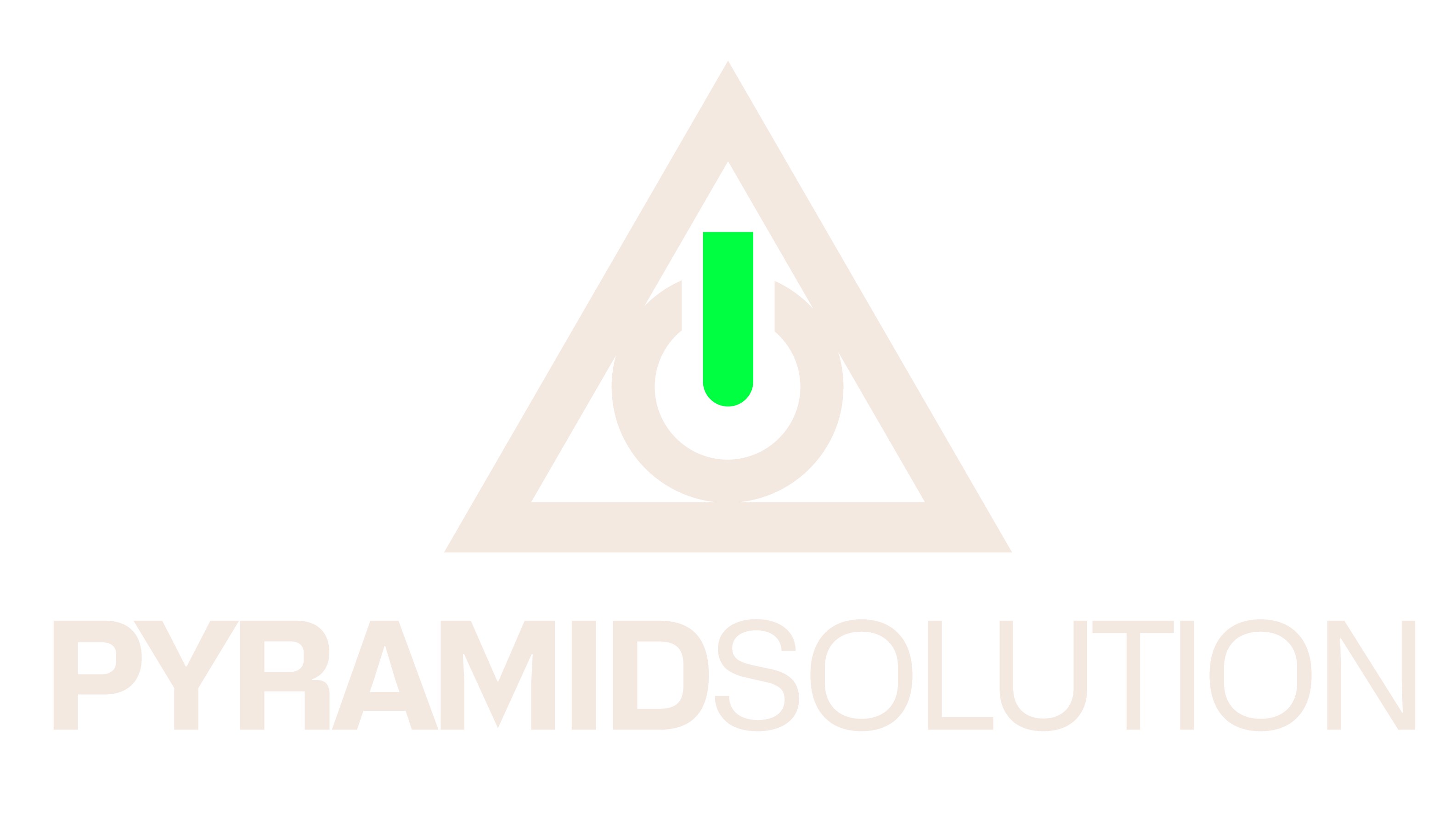In modern condensing boilers, boiler pluming, also known as flue pluming, is a common occurrence. It occurs when condensation forms in the flue gases, resulting in the emission of visible white plumes or vapours from the flue. Many homeowners are concerned about this phenomenon, but it is actually common in modern condensing
boilers.
It is important to follow the guidelines outlined in BS 5440-1 to ensure safe and proper operation. Boiler manufacturers provide minimum distance guidelines to ensure safe and proper operation, and homeowners should follow them to avoid health and safety risks.
What is the cause of boiler pluming?
The condensing technology used in modern boilers allows for the extraction of heat from flue gases before releasing them outside. The technology enables the recovery of latent heat from the water vapour produced by the combustion process, increasing the efficiency of the boiler. Because the vapour is condensed into water and drained away, the flue gases cool faster than in traditional boilers.
Boiler pluming refers to the visible white plumes or vapours that form as a result of condensation in the flue gases. Pluming is a common occurrence in modern condensing boilers and is not cause for alarm. However, if the boiler is too close to openings or boundaries, pluming can cause annoyance to neighbours or damage to buildings.
As a result, it’s critical to adhere to the guidelines outlined in Gas Safe Register’s Technical Bulletin 016 for room-sealed flue/chimney terminations. These guidelines specify the installation of room-sealed flue/chimney terminations to avoid potential fume nuisance and the use of plume management kits.
One of the solutions outlined in Technical Bulletin 016 is the use of plume management kits. A plume management kit can direct the plume away from openings or adjacent properties, lowering the risk of damage or inconvenience. The kit may include flue extensions, plume deflectors, or other devices to reduce the impact of the plume.
The Importance of Plume Kits and Proper Distance
While boiler pluming is common for modern condensing boilers, the distances to openings and neighbouring properties must still be considered. Minimum distances are specified by boiler manufacturers to ensure safe and proper operation. It is critical to follow these guidelines in order to avoid any risks to one’s health and safety.
Another factor to consider is the use of plume kits. Plume kits are intended to direct plumes away from openings or neighbouring properties, thereby reducing the risk of damage or inconvenience.
There will be situations where it is difficult to locate a condensing boiler flue termination with regard to boundary distances, openings, openable windows, air bricks, air vents, nuisance issues etc. In these circumstances the installation of a plume management kit supplied by the manufacturer may be a suitable resolution.
This situation arises where a non condensing boiler is replaced in the same location by a condensing boiler which may not create a nuisance. On completely new installations the boiler location and design should be considered in such a way to avoid nuisance or deviation from the boiler flue regulations without the need for a boiler flue plume kit.
Plume management kits are manufacturer specific and its important to use specific plume kits for the correct make and model of a boiler. Plume management kits cannot be mixed and matched, e.g. When a condensing combi boiler is being replaced with a newer or more efficient combi boiler, the same flue should not be used.
When a plume management kit is used the termination still needs to comply with current minimum clearances from openings, windows, pipes, neighbouring properties etc.
Like standard flue terminations, where the boiler flue terminal is accessible from the ground floor level and it could be damaged, it should be fitted with a protective flue guard. A flue terminal guard should be fitted either, where the flue terminal or the air intake is less than 2 metres above ground floor level, above a balcony or above a flat roof that people have access to.
Alternatives to using Plume Kits
Re-running a horizontal boiler flue
In general gas boilers are installed on an outside wall and the flue typically on the top of the boiler exits directly to that outside wall. If this wall is adjacent to a neighbouring boundary, one option may be to keep the boiler in its current location and re-route the boiler flue
Vertical Boiler Flues
A suitable alternative to using plume kits and avoiding nuisance pluming or concerns with distances of termination is to use a vertical boiler flue kit. They can be terminated through the roof of the property and this is now becoming a requirement in a number of European countries.
Relocating a gas boiler
Another alternative to using a plume kit to resolve nuisance issues in neighbouring properties is relocating the gas boiler to a more suitable location where the flue does not point or direct towards a neighbouring property or is not too close to openings, doors, windows etc.
Final Thoughts
Boiler pluming is a common occurrence in modern condensing boilers and is not a cause for concern. The only thing that matters is the distance to openings and neighbouring properties. Proper boiler and flue system installation and maintenance can help to ensure safe and efficient operation. If you’re worried about boiler pluming, consider using plume kits to help direct the plume away from sensitive areas. Always adhere to the manufacturer’s instructions for safe and proper operation.


